
Home
List your patent
My account
Help
Support us
Knee Range-of-motion device and method
[Category : - HEALTH]
[Viewed 1786 times]
A knee range of motion (ROM) device intended for use by patients recovering from knee injury or surgery. The device provides active assisted/passive range of motion and stretching into anatomical knee flexion and extension, as well as a long axis joint distraction force to mimic "hands on" therapeutic techniques. It operates by means of a rope and pulley driven bi-directional rail mounted padded and upholstered foot sled with a heel cut out and a foot securing ankle strap. The frame of the device consists of two parallel longitudinal steel rails/rods upon which the foot platform glides by means of linear bearing slides. Two terminal end cross bars (one on either end of the device) serve as rail, pulley, and rope attachment points as well as a rope pass through on the user end. The user side end of the device has a beveled end cross bar for hip comfort. The foot sled is designed to ride high enough to override the end cross bars for increased travel distance without increasing the overall length of the device. The working prototype is 39" long x 12" wide with a 10" x 12" foot sled. A longer version may be developed for the tall patient population. A shroud covers the bottom of the unit to facilitate unhindered rope movement.. The knee ROM Device is a novel knee motion assist device conceived of and designed by a licensed physical therapist working in an orthopedic setting. It was developed in response to a recognized patient care need and an absence of suitable products on the market. Rehab patients recovering from knee injury or surgery have routinely inquired if there was a better way for them to enhance the effectiveness of their home stretching program, a way for them to achieve the effects of therapist provided over-pressure during knee flexion stretching, and a way to reproduce the comforting and beneficial joint distraction techniques applied in the clinic. The innovative design of this knee ROM device provides full anatomical range of motion from 0 degrees extension to 135+ degrees flexion in one light weight bi-directional unit. The unit is unique in it's ability to provide long axis knee joint distraction in the extension stretch position; a technique utilized by clinicians to increase ROM and decrease pain. The extended stretch position also holds the knee out over open space to allow a gravity assisted stretch that couples with the benefits of joint distraction to enhance the stretch and ROM benefits. An active motion component adds to muscle recovery. The unit allows the knee to achieve and comfortably move about its own axis of rotation without the need for custom fitting as required for most competing devices. The configuration of pulleys and a continuous rope system allows for bi-directional sled movements to generate flexion and extension motions and reduces the pull force required by the user to generate effective stretching and joint distraction. Traditional continuous passive motion machines (CPM) require fitting from a sales rep or therapist in the hospital/home. They are expensive, frequently costing patients $25 or more per day and they have control panels that require adequate patient understanding to ensure safe and effective ROM advance. CPM units frequently shift during patient use altering the alignment of the knee joint line with the machine's axis of rotation. The units are heavy and many patients are unable to lift them in and out of bed for use. The knee ROM I have designed is a light weight unit that requires no set up other than placing the foot of the leg being treated on the bidirectional cushioned sled with their heel in the cut out and secured with an ankle strap. The pulley system decreases required patient effort and, in extension, provides joint distraction at the terminal point increasing the benefits at the end range where the deficits exist. The unit allows the patient's knee to define and move about it's own axis of rotation. Other devices do not offer the ability to generate joint distraction and they cannot offer the neuromuscular benefits of muscle assisted motion.
Financial informationPotential market:
• Advanced knee osteoarthritis patients with pain and/or ROM
limitation
• Pre-op/Post-op Total Knee Arthroplasty (TKA) patients.
Estimates range from 676,000 to 700,000 per year, projected to
increase to 3.48 million by 2030
• Post patellar fractures, post tibial plateau fractures
• Post-op Quad tendon repair patients- (at time of adequate
healing)
• Ligamentous injury/reconstruction patients. Estimated 200,000
ACL injuries per year with 100,000 repaired, mostly in individuals
age 15 to 45 years
• Post-op knee arthroscopic repair patients
• Knee joint contracture patients, arthrofibrosis patients, post joint
manipulation patients
I am open to a variety of sales/licensing options!
Asking price:
Make an offer
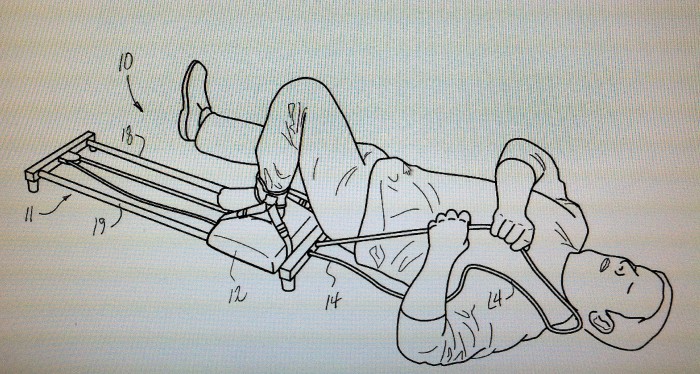
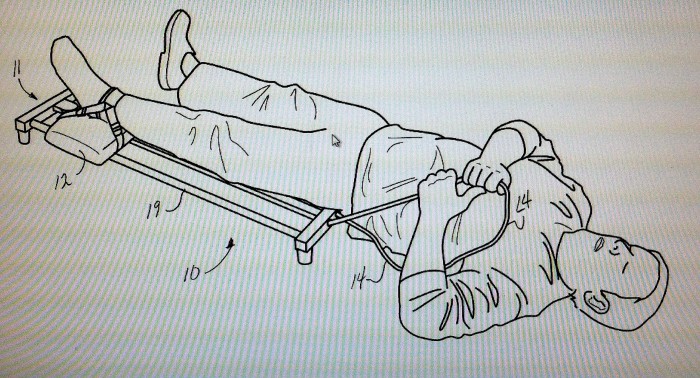
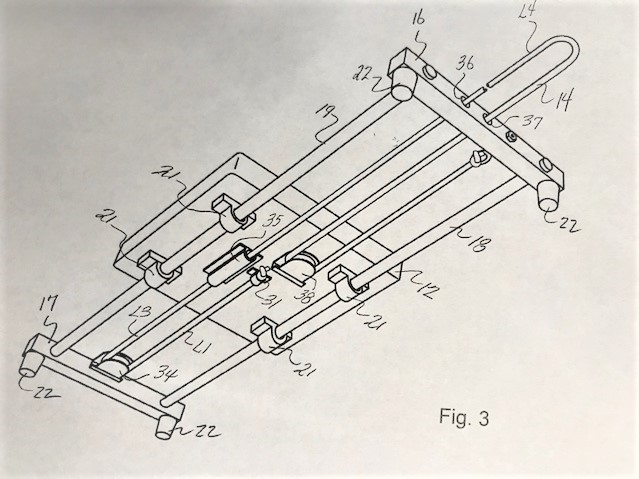
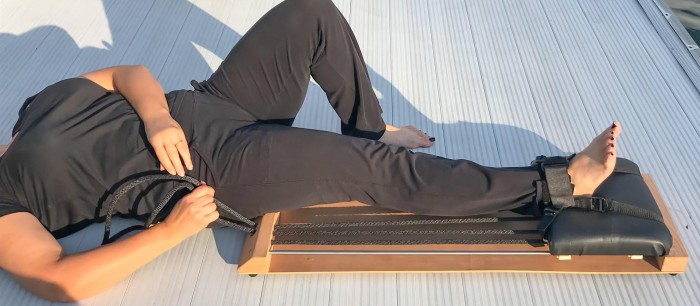
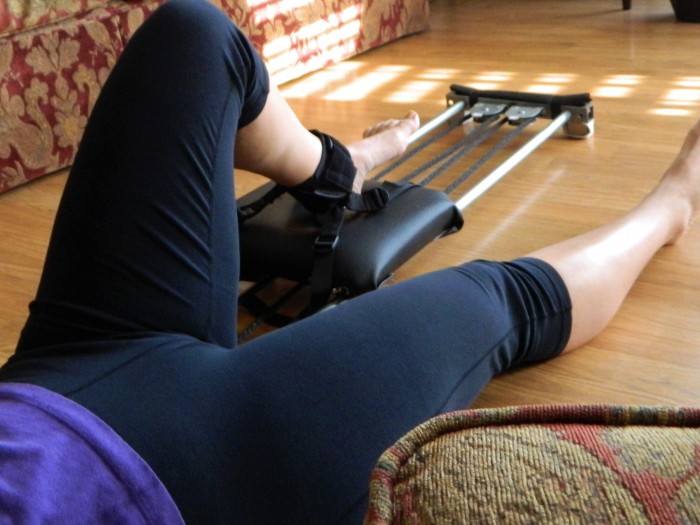
[ Home
| List a patent
| Manage your account
| F.A.Q.|Terms of use
| Contact us]
Copyright PatentAuction.com 2004-2017
Page created at 2026-01-02 4:17:29, Patent Auction Time.



 Patent publications:
Patent publications: US 9526945
US 9526945 Great invention
Great invention